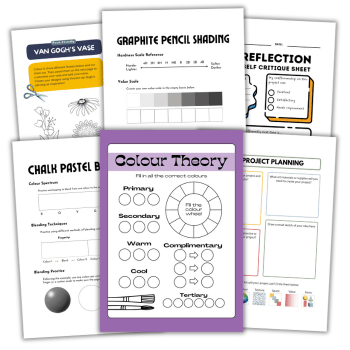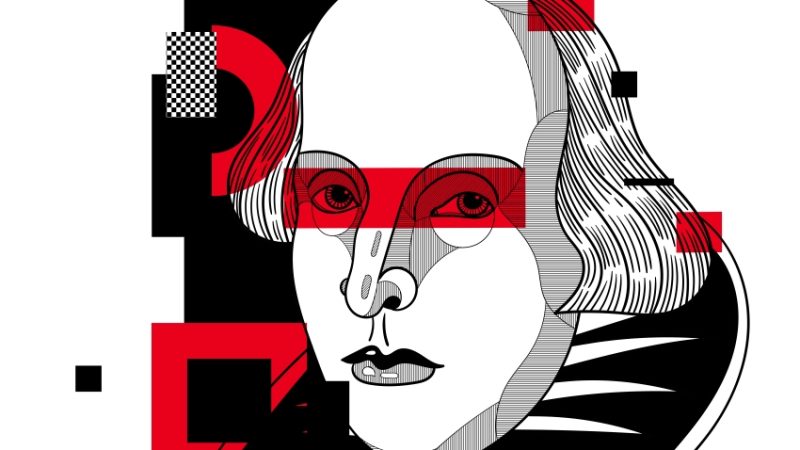Arts subjects – Could SHAPE be the new STEM?

Tallulah Holley explains why arts, humanities and social sciences subjects need their own catch-all acronym – and why SHAPE may well be it

The acronym ‘STEM’ is so ubiquitous you could be forgiven for thinking it’s been around forever. In truth, it’s actually a 21st century creation. It was first coined by the U.S. National Science Foundation back in 2001.
In the two decades since, STEM has travelled the world. Its popularity and usage are in part due to a growing recognition that the knowledge and skills gathered under the STEM umbrella are vital for the modern age.
Arts subjects
If, however, you teach arts subjects that fall outside the STEM club, you could be forgiven for feeling somewhat left out. As the value placed on STEM subjects by policymakers, leaders and the media only continues to grow, other subjects have struggled to attract attention.
An increasing number of reports tell of declining uptake in humanities and arts subjects, all along the student pipeline. Funding cuts for those same subjects have clearly communicated to learners where their priorities really ought to lie. This is regardless of what they’re actually interested in.
It’s in this education landscape that SHAPE aims to give arts specialists a louder voice and create dialogue. The British Academy and its partners collective coined the term ‘SHAPE’ on this side of the pond in 2020. It’s an acronym for:
- Social sciences
- Humanities and the
- Arts for
- People and the
- Economy
We see SHAPE as a tool that tells the story of subjects not represented by STEM, or even STEAM; subjects that enable us to explore and express the complexities of life and culture, as we attempt to make sense of the world around us.
Two counterparts
To thrive in all aspects of life, everyone needs at least some knowledge or appreciation of art, music, language, history, politics, maths and science.
No subject is worthless, or indeed worth any less than another. All subjects offer a perspective on the world, a method of investigation and a means through which we can derive some form of meaning.
SHAPE seeks to define the subjects in question as distinct. It recognises the individual value they bring – while also championing a balanced and holistic approach to education.
Our hope is that employing the acronym SHAPE will encourage STEM practitioners to learn from and value the contributions of social sciences, humanities and arts.
SHAPE in Schools
My own research with SHAPE in Schools (see shapeinschools.org/impact) has shown that not all learners understand what STEM even means, often thinking of it as simply referring to the ‘important’ or ‘compulsory’ subjects.
Attitudes across SHAPE and STEM subjects also differ, with SHAPE subjects polarising opinion far more than STEM subjects. KS3 learners most enjoy art, PE and then English, with MFL and RE ranking lowest. Conversely, enjoyment of STEM subjects seems consistent across the board.
We must better articulate the purpose of both SHAPE and STEM subjects, so that learners can better understand how different subjects fit together and where their own interests might lie. We should widely understand both SHAPE and STEM as collective terms. Between them, we can create spaces in which all subjects can belong and be properly heard.
So yes, SHAPE is an acronym – but it’s also the start of a conversation around the interconnections between all subjects, and the valuing of every discipline as a worthwhile endeavour.
Tallulah Holley is the lead researcher at SHAPE in Schools; for more information, visit shapeinschools.org











